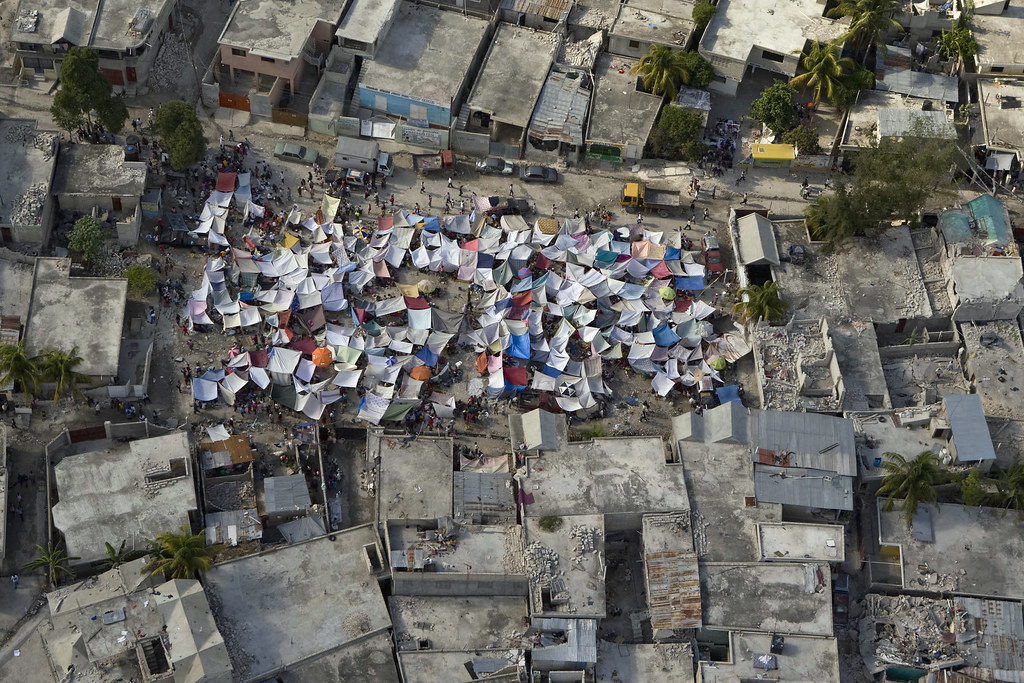The once abundant snow-clad mountains, a haven for skiers and snowboarders, are facing an unprecedented threat that could render the joy of gliding down powdery slopes into a mere memory. A startling revelation comes from new research indicating that the era of reliable, bountiful snow is behind us, primarily due to the adverse effects of the climate crisis. Over the past twenty years, the US ski industry has witnessed a staggering loss exceeding $5 billion, attributed to human-induced global heating, which has significantly reduced snowfall across mountain ranges.

This decline in snow has not only shortened the average ski season by five to seven days over the last fifty years but also inflicted financial burdens amounting to an average of $252 million annually from lost revenue and the heightened costs of artificial snow production. Daniel Scott, a scientist at the University of Waterloo, starkly notes, “We are probably past the era of peak ski seasons,” emphasizing the evolving challenge climate change presents to the ski industry and tourism sector.
The repercussions of these changes have been felt globally, with mountains in France, Austria, and Bosnia experiencing dire lack of snow, halting ski lifts and closing resorts. Similarly, in the US, regions report less than half the normal snowpack, prompting resorts to either ramp up snow production or curtail their offerings. These changes not only disrupt the skiing experience but also jeopardize the essential water reservoirs fed by melting snowpack, critical for rivers and streams in spring.
The stark reality of the situation was further underscored by last year’s record-breaking global temperatures, with 2024 continuing this alarming trend. The ever-shortening ski seasons cast a long shadow over the industry, with predictions suggesting a reduction of 14 to 33 days by the 2050s, even under scenarios of significant emissions cuts and advanced snow-making techniques. Failure to curb emissions paints an even bleaker future, potentially stripping away two months of ski conditions by mid-century.
Ski resorts, aware of the encroaching crisis, are scrambling to adapt. From the Swiss Alps to the Rocky Mountains, efforts are being made to ensure sufficient snow cover and consider alternative business models to withstand climate threats. Anzère, hailed as Europe’s greenest ski resort, exemplifies this shift by investing in renewable energy and diversifying offerings to include biking trails, climbing routes, and walking paths for when skiing may no longer be viable.
The increasing reliance on artificial snow heightens water consumption and operational costs while contributing further to CO2 emissions. The paradox is stark – efforts to save skiing paradoxically exacerbate the very crisis threatening its existence.
As ski resorts envision their future in a warming world, the narrative extends beyond the slopes. It’s a reflection of the broader environmental urgencies facing our planet, underscoring the imperative for concerted action against climate change. The dwindling snow underlines a poignant message: the time for change is now, lest we lose not just the joy of skiing but the ecological balance critical to our survival.
Related posts:
Ski resorts’ era of plentiful snow may be over due to climate crisis, study finds
How climate change threatens to close ski resorts
Study finds Ski resorts’ era of plentiful snow may be over due to climate crisis




